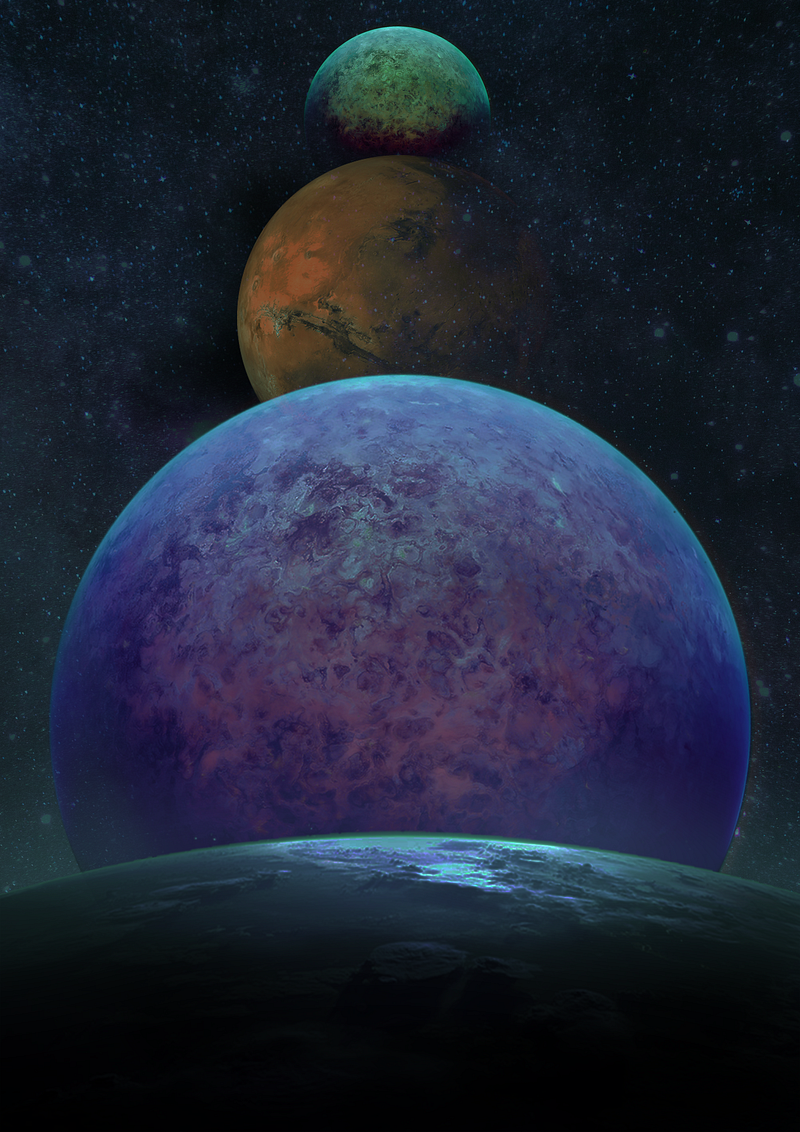A Planet Made of Iron: Unraveling the Mysteries of Gliese 367 b
Written on
Chapter 1: Introduction to Exoplanets
In recent years, the discovery of exoplanets has transformed our understanding of the universe. We've come to realize that many of these celestial bodies vastly differ from those in our own Solar System. While our system features rocky planets like Earth near the sun, and gas giants further out, exoplanets exhibit a remarkable range of characteristics.
For instance, some of the fascinating finds this year included a planet denser than steel and another that weighed more than lead. There was even one that reflected light like a mirror and another as fluffy as marshmallows. Now, a new and exceptional planet has emerged in this cosmic landscape, known as Gliese 367 b, or Tahay.

Chapter 2: The Unique Features of Gliese 367 b
Gliese 367 b, named after the Calydorea xiphioides flower endemic to Chile, has an intriguing feature; it blooms for only 7-8 hours a year, which parallels Tahay's rapid orbital period of just 7.7 hours around its star, a red dwarf. This places Gliese 367 b in a special category known as ultra-short-period planets (USP). Out of over 5,000 identified exoplanets, only about 200 fall into this category, making Tahay particularly remarkable.
Recent recalculations by a team led by Elisa Goffo at the University of Turin revealed that Tahay is more massive than previously estimated, with 63% of Earth's mass, and its radius is now believed to be 70% that of Earth. This new data indicates that Gliese 367 b is nearly twice as dense as our home planet, suggesting it is primarily composed of iron.
The first video explores the peculiar characteristics of Gliese 367 b, including its dense iron composition and ultra-short orbital period.
Chapter 3: Theories Surrounding Gliese 367 b's Formation
The formation of such a dense planet so close to its star raises intriguing questions. Scientists propose three primary hypotheses regarding Tahay's origin.
- Loss of Mantle: One theory posits that, like Earth, Gliese 367 b initially formed with a dense iron core and a silicate-rich mantle. A catastrophic event, such as a collision with another celestial body, could have stripped away its mantle, leaving behind a bare iron core.
- Primordial Iron Composition: Another possibility is that Gliese 367 b was always made of iron. If it formed in an area of the protoplanetary disk rich in this element, it could have developed without a silicate mantle. However, this theory is less favored due to uncertainties about the composition of protoplanetary disks.
- Migration from a Gas Giant: The third hypothesis suggests that Gliese 367 b might have originated as a gas giant far from its star. Over time, it could have migrated inward, shedding its outer layers as it neared the heat of its star.
The true origin of Gliese 367 b remains a mystery, and as the authors of a recent paper in "The Astrophysical Journal Letters" note, any combination of these scenarios might have contributed to the formation of this extraordinary iron sphere.
The second video delves into topics such as asteroid mining and the potential for iron planets, providing a broader context for Gliese 367 b's uniqueness.
Conclusion
As we continue to explore the cosmos, the peculiar characteristics of planets like Gliese 367 b remind us of the vast diversity of celestial bodies beyond our own Solar System. These discoveries challenge our understanding and inspire further inquiry into the formation and evolution of planets.
Dear readers,
I would like to address a concern that many content creators face on platforms like Medium.com. Despite dedicating significant effort to producing quality content, the compensation can be quite low. If you appreciate my work, I invite you to support me on my “Buy Me a Coffee” page. Your contributions, no matter how small, encourage me to keep creating engaging and insightful content. Thank you for being part of this journey!

